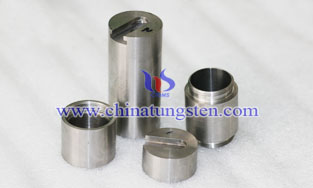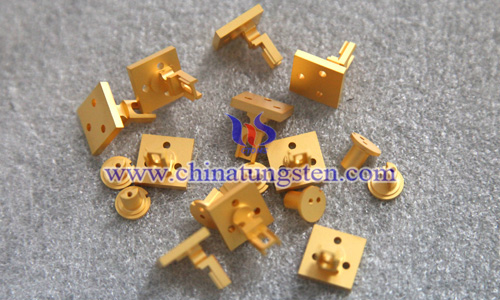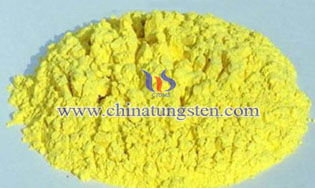Nano Tungsten Oxide in Anti-virus Application
- Details
- Category: Tungsten's News
- Published on Friday, 10 July 2020 11:14
- Hits: 751
At present, the spreading of COVID-19 is furious in the world. Several previous difficult viruses (such as HIV, HBV, PIV, etc.) have not yet been attacked, and new mutant viruses (such as SARS coronavirus, avian influenza virus, and H1N1 influenza virus, etc.) have appeared in humans, seriously affecting human health.
Many viruses, such as influenza virus, SARS coronavirus, avian influenza virus, and human immunodeficiency virus, are difficult to control. The main reason is that these viruses are infected on the mucosal surface, the antigenicity is weak, and antigenic mutations and drug resistance mutations are prone to occur. This has led to poor clinical prevention or treatment of these viruses.

The detection, prevention and treatment of infectious diseases are difficult problems in the medical field. At present, the control of viral infectious diseases is mainly vaccine prevention, but there is no effective treatment strategy for established viral infections. However, with the advancement of medical research, researchers have discovered that there are some antiviral materials in the world, and some have already been clinically applied.
The application research of nano tungsten oxide in biomedicine is currently less. With the development of nano-medical science, some new functions of nano tungsten oxide have been gradually discovered, especially in the field of anti-virus application, showing broad prospects. For example, tungsten oxide nanodisks with specific surface morphology can be well used for antibacterial applications; two-dimensional layered tungsten oxide nanosheets have a plasmon resonance effect, which can absorb near-infrared light, making them suitable for photoacoustic diagnosis and treatment of tumors. Photothermal removal and other biomedical applications have a wide range of applications. Tungsten trioxide nano spheres have great potential for insoluble drug loading and delivery. 2nm-sized tungsten trioxide nanoparticles can be used as biological enzyme catalysts by electron transfer achieves sulfite oxidase activity.
Nano particles such as gold, copper, zinc oxide, and titanium dioxide have antibacterial and antiviral activities. The heavy metals silver, copper, lead, mercury and other salts can react with sulfhydryl groups in proteins or replace metal ions in enzymes, inactivating most enzymes. Therefore, heavy metal ions have a broad spectrum of antibacterial and antiviral activities.
It is worth noting that although metal nanomaterials have excellent antibacterial and antiviral activity, there is still some controversy about their toxicity mechanism, and the release of metal ions will pose a potential threat to the environment and the human body.

As a derivative of graphene, graphene oxide is a flake of graphite oxide. Through plaque formation test, indirect immunofluorescence and Westernblot verification, the researchers found that graphene oxide nanomaterials are prevalent to pseudorabies virus (DNA virus) and swine Diarrhea virus (RNA virus) has a good antiviral effect, and this inhibitory effect has a time and dose-dependent effect. In addition, the researchers also found that two-dimensional sheet-like nanomaterials such as molybdenum disulfide and tungsten disulfide also have good antiviral effects, but compared with graphene oxide, their inhibitory effect is reduced.
- Tungsten Oxide Manufacturer & Supplier, Chinatungsten Online: www.tungsten-oxide.com
- Tungsten News & Prices of China Tungsten Industry Association: www.ctia.com.cn
- Molybdenum News & Price: news.molybdenum.com.cn
- Tel.: 86 592 5129696; Fax: 86 592 5129797; Email: sales@chinatungsten.com








 sales@chinatungsten.com
sales@chinatungsten.com